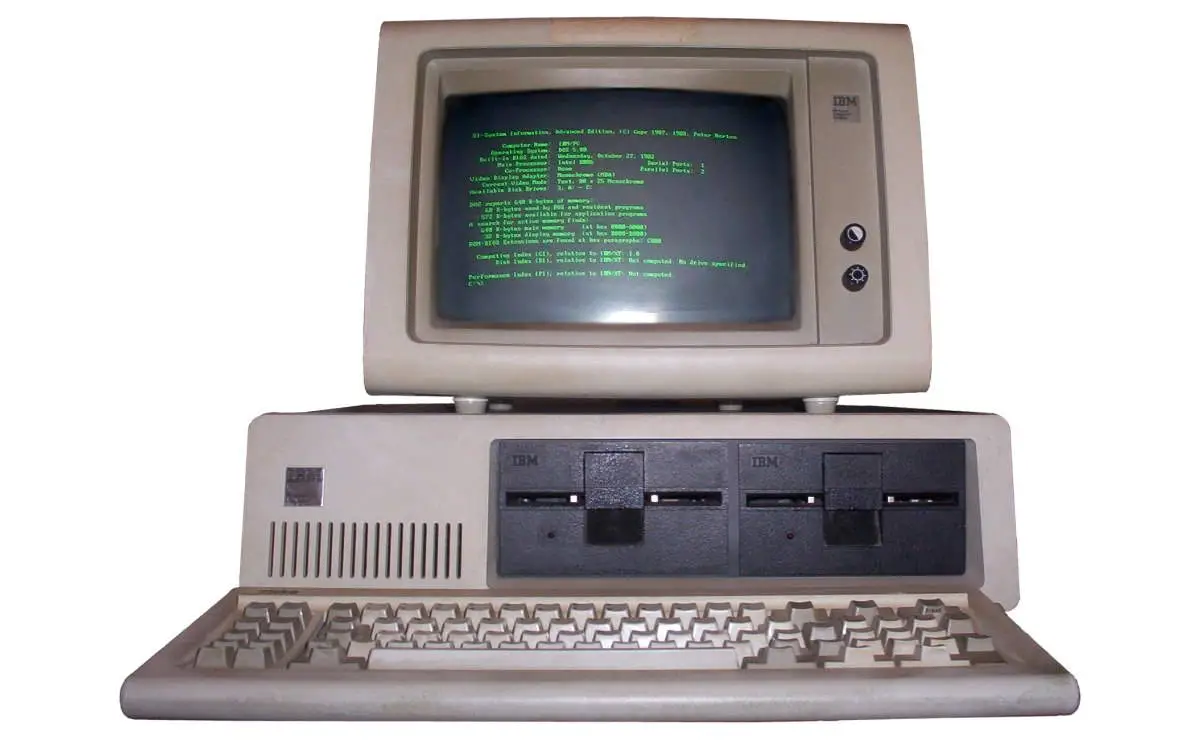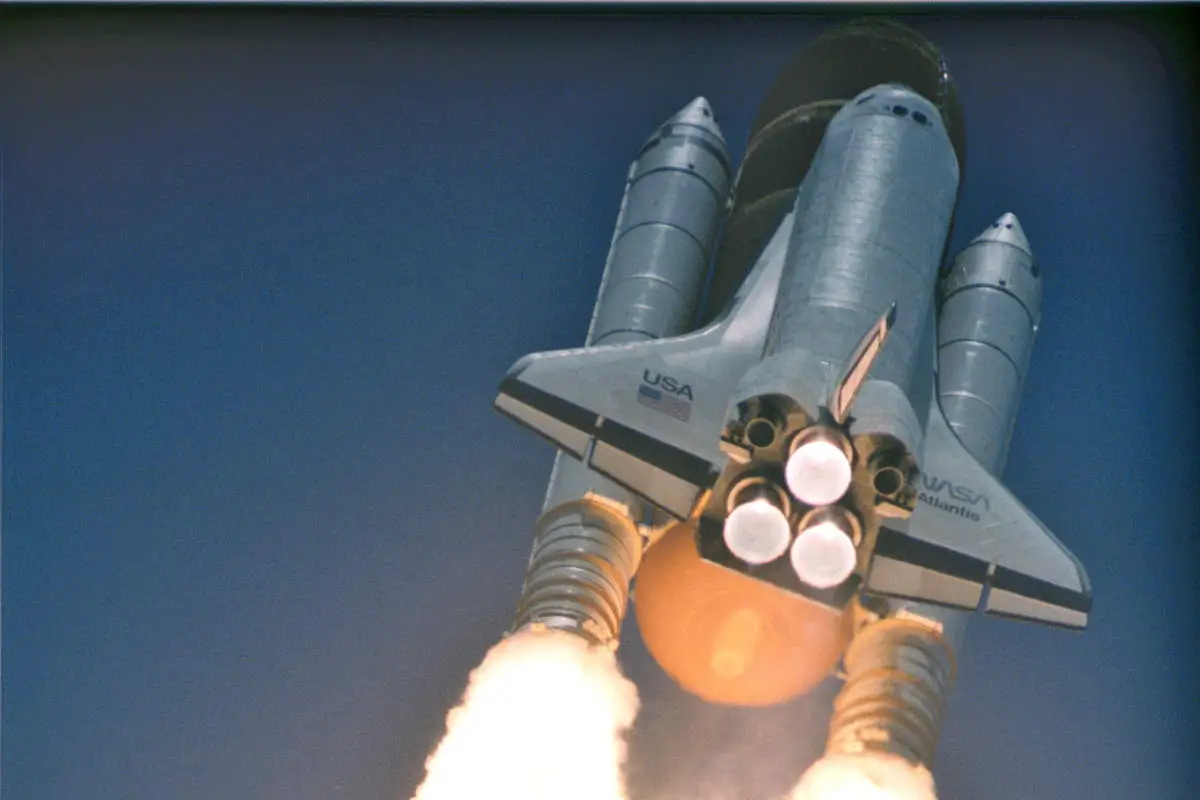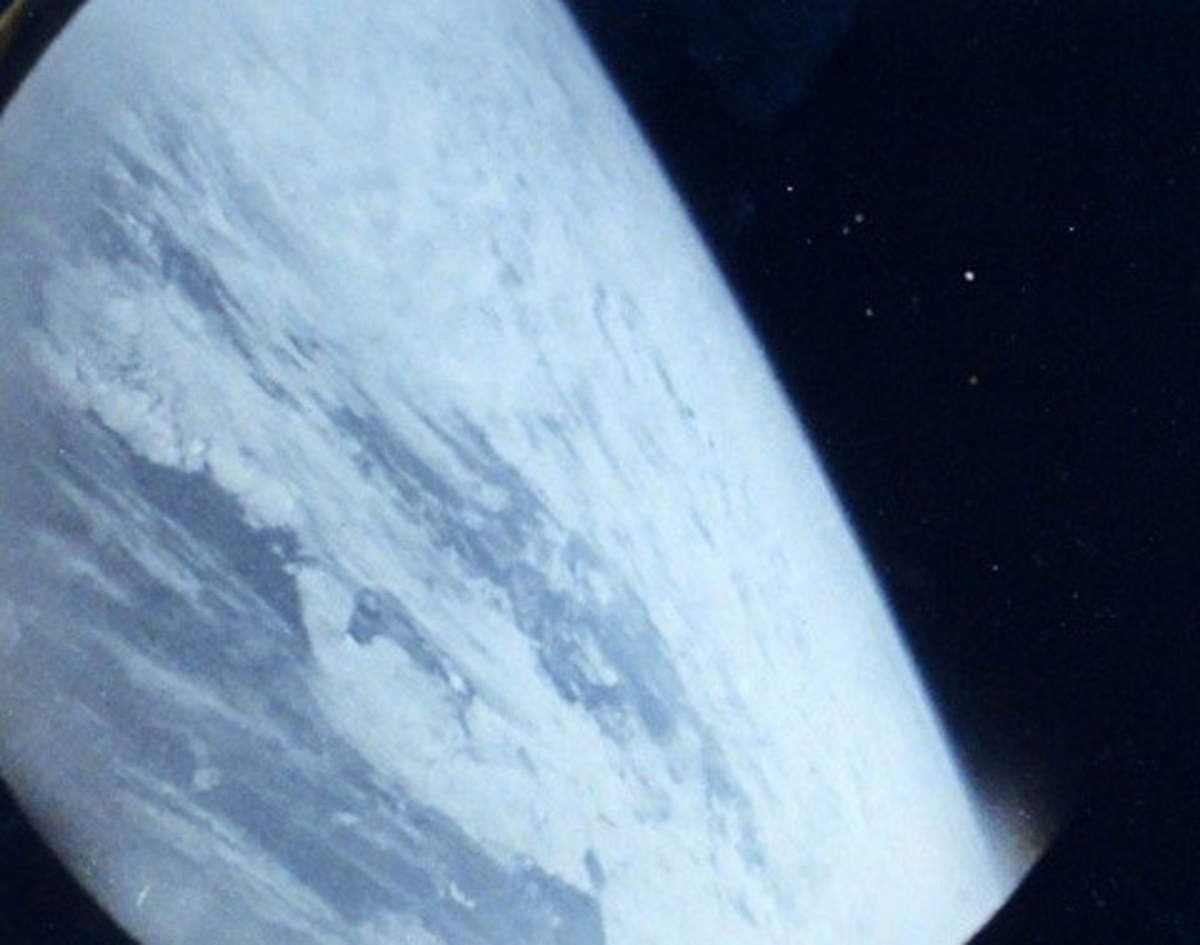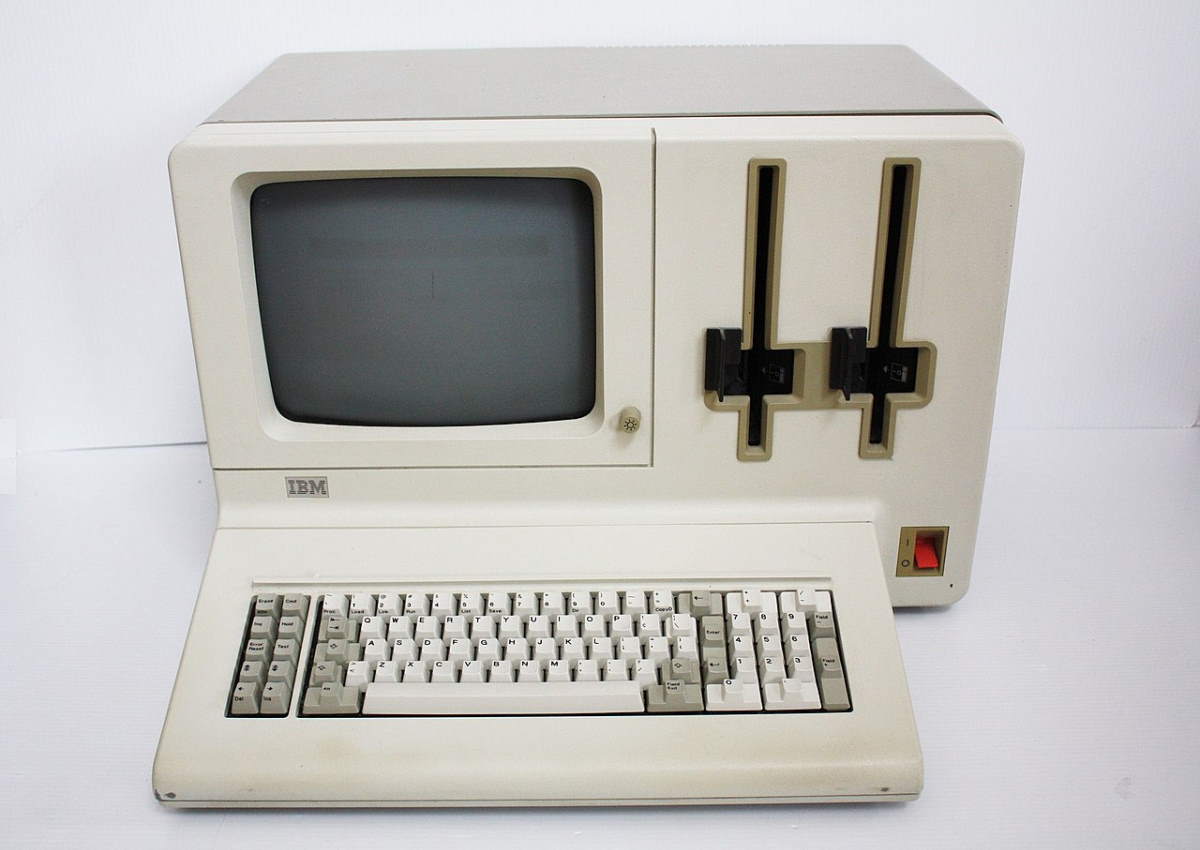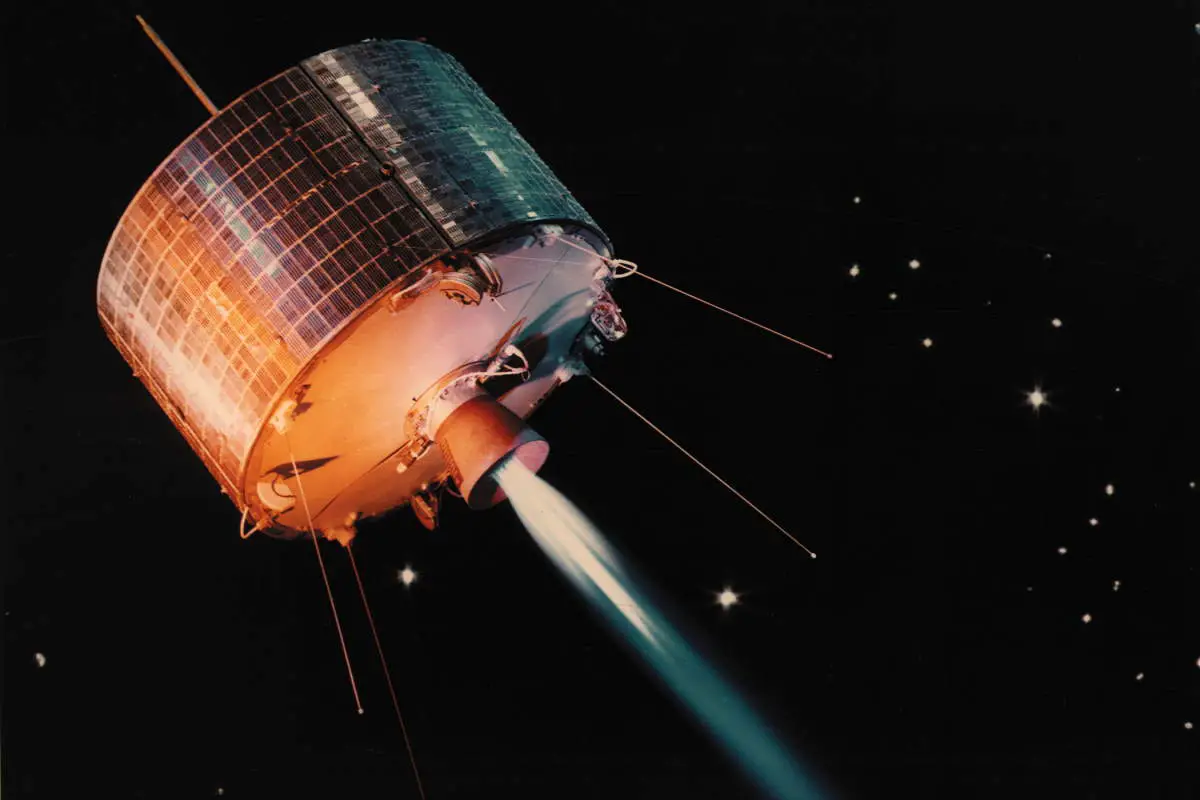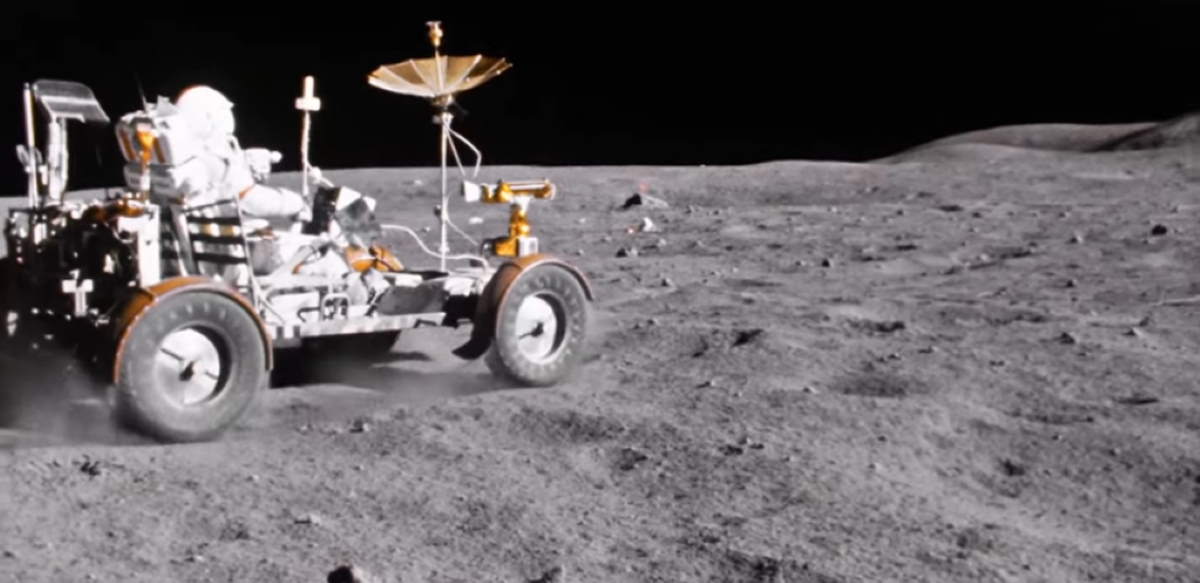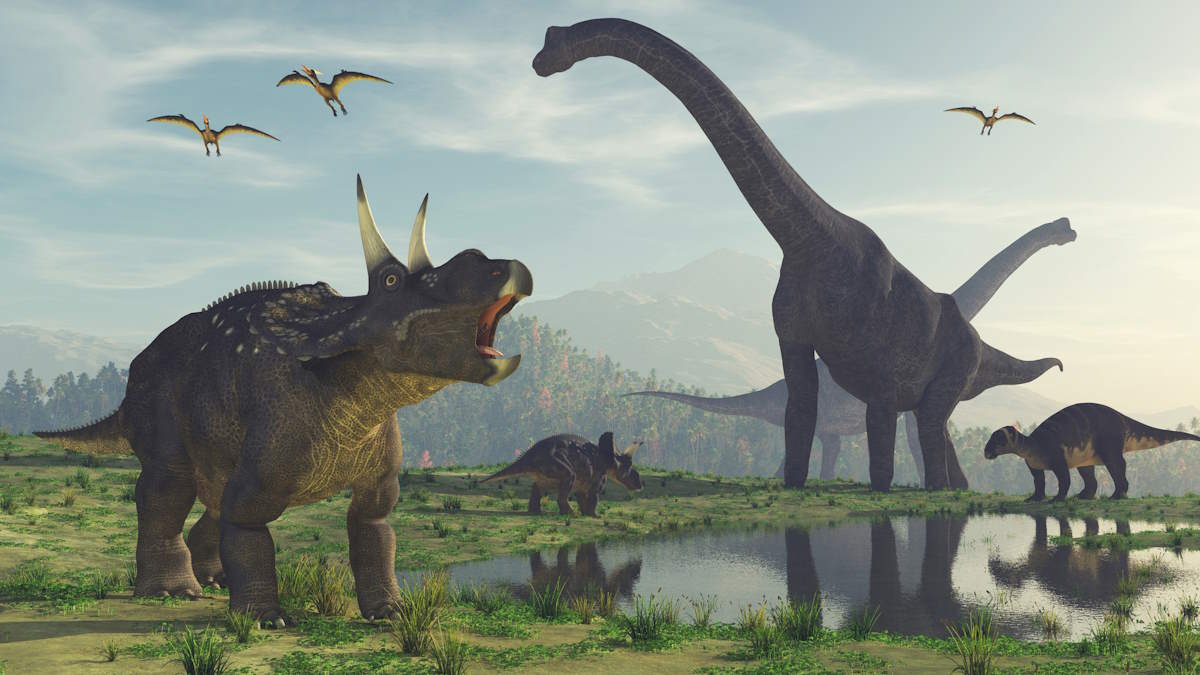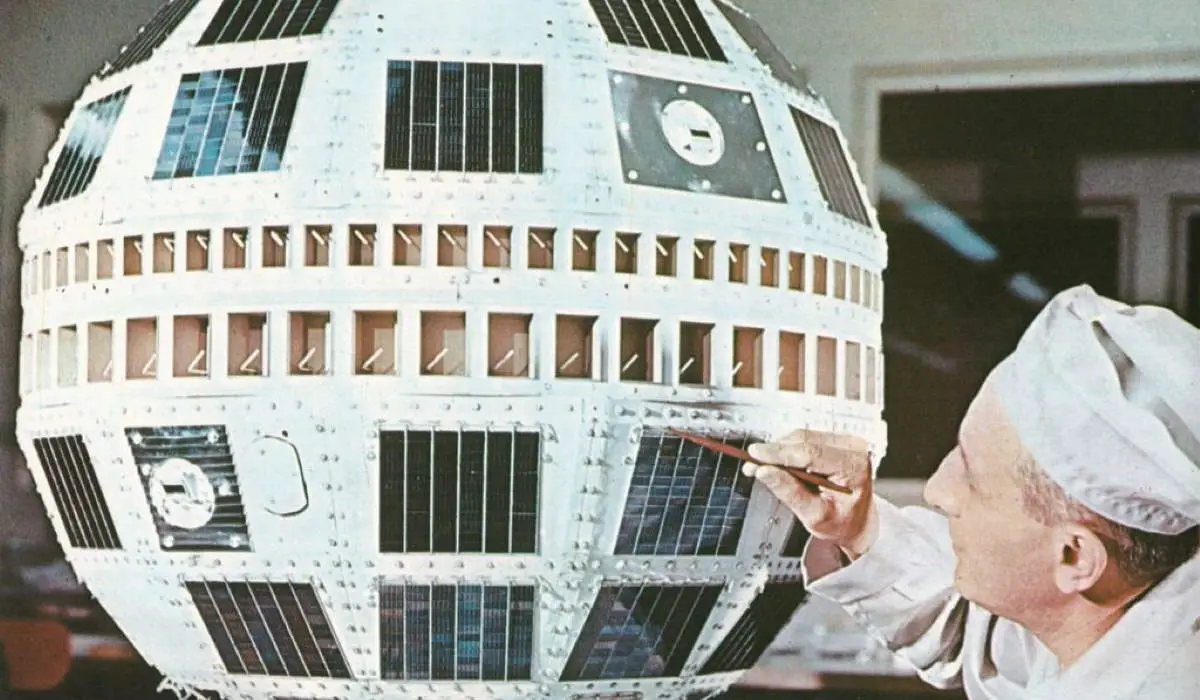On August 12, 1981, the Personal Computer, (model 5150, commonly known as the IBM PC) was released. This machine (and its descendants) started the PC revolution. It was a very small machine that could not only process information faster than those millions-of-dollars huge computers of the 1960s but also hook up to the home TV set, process text and store more words than a huge cookbook, all for a price tag of less than $1,600.
Unsurprisingly, it suddenly shook the personal computer market. The specifications of the IBM PC became one of the most popular computer design standards in the world. Even today, The majority of modern personal computers (PCs) are distant descendants of the IBM PC.
